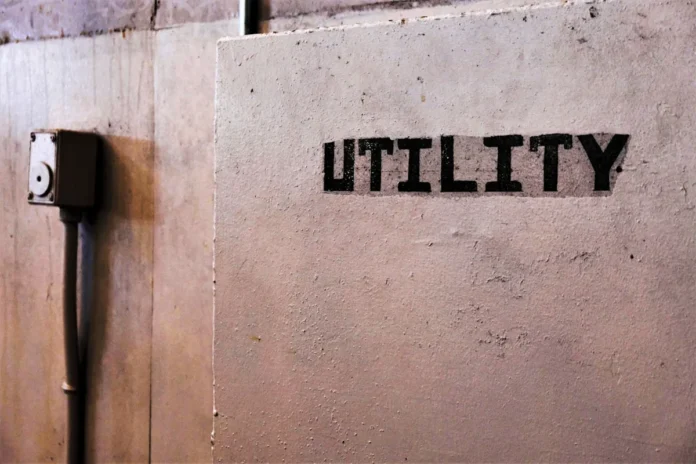“`html
Understanding Lithium Thirst and Its Implications
Lithium thirst, a term often used to describe the increasing global demand for lithium, has become a critical topic in today’s energy landscape. As the world shifts toward renewable energy and electric vehicles (EVs), lithium-ion batteries have emerged as the backbone of this transition. However, this surge in demand brings challenges, including supply chain constraints, environmental concerns, and geopolitical tensions. Managing lithium thirst effectively requires a balanced approach that addresses these challenges while ensuring sustainable and ethical practices.

The Growing Demand for Lithium
The rise of electric vehicles and renewable energy storage solutions has led to an unprecedented demand for lithium. Lithium-ion batteries are prized for their high energy density, long lifespan, and efficiency, making them indispensable in modern technology. Governments and corporations worldwide are investing heavily in lithium mining and battery production to meet this demand. However, this rapid expansion raises questions about long-term sustainability and the environmental impact of large-scale lithium extraction.
Environmental and Ethical Concerns
Lithium mining, particularly in regions like South America’s Lithium Triangle, has significant environmental repercussions. Water-intensive extraction processes can deplete local water supplies, affecting agriculture and communities. Additionally, improper waste management from mining operations can lead to soil and water contamination. Ethical concerns also arise regarding labor conditions in mining regions and the displacement of indigenous communities. Addressing these issues is crucial for ensuring that the lithium boom does not come at the expense of environmental and social well-being.
Strategies for Sustainable Lithium Management
To manage lithium thirst responsibly, stakeholders must adopt strategies that prioritize sustainability, efficiency, and ethical practices. One key approach is improving lithium recycling technologies. Currently, only a small fraction of lithium-ion batteries are recycled, but advancements in recycling methods could recover valuable materials and reduce reliance on new mining operations. Investing in closed-loop systems where batteries are repurposed or recycled can significantly mitigate environmental impact.
Exploring Alternative Battery Technologies
While lithium-ion batteries dominate the market, researchers are actively exploring alternative battery technologies that could reduce dependence on lithium. Sodium-ion batteries, for example, offer a promising alternative due to the abundance of sodium and its lower environmental footprint. Solid-state batteries, though still in development, could also provide higher energy density and safety while using less lithium. Diversifying battery technologies can help alleviate pressure on lithium supplies and create a more resilient energy storage ecosystem.
The Role of Policy and Industry Collaboration
Effective management of lithium thirst requires coordinated efforts between governments, industries, and research institutions. Policymakers can play a pivotal role by implementing regulations that promote sustainable mining practices, incentivize recycling, and support research into alternative materials. Industry collaboration is equally important—automakers, battery manufacturers, and mining companies must work together to establish transparent supply chains and adopt best practices for environmental and social responsibility.
Geopolitical Considerations
Lithium supply chains are heavily concentrated in a few countries, including Australia, Chile, and China. This concentration creates geopolitical risks, as trade tensions or export restrictions could disrupt global supply. Diversifying lithium sources and investing in domestic production capabilities can enhance supply security. Additionally, fostering international partnerships to share technology and resources can help stabilize the market and ensure equitable access to lithium.
Consumer Awareness and Responsible Consumption
Consumers also have a role to play in managing lithium thirst. Increased awareness about the environmental and social impacts of lithium mining can drive demand for ethically sourced batteries and recycling programs. Supporting companies that prioritize sustainability and transparency can encourage broader industry shifts toward responsible practices. Simple actions, such as properly disposing of old electronics and opting for products with longer battery lifespans, can collectively make a significant difference.
Conclusion
Managing lithium thirst is a complex but essential challenge as the world transitions to cleaner energy solutions. By embracing sustainable mining practices, advancing recycling technologies, exploring alternative battery materials, and fostering global collaboration, we can meet lithium demand without compromising environmental or ethical standards. The path forward requires collective action from governments, industries, researchers, and consumers to ensure a balanced and responsible approach to this critical resource. With thoughtful strategies and innovation, we can harness the power of lithium while safeguarding the planet for future generations.
“`



